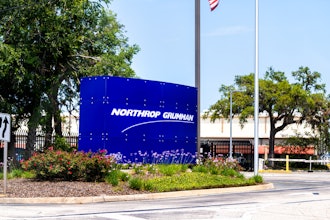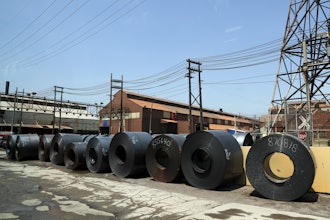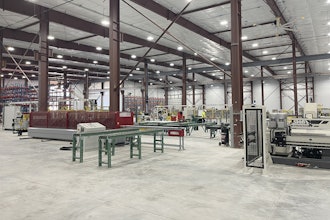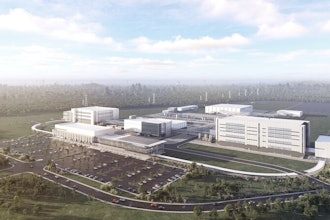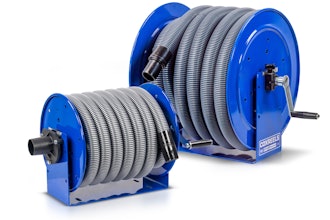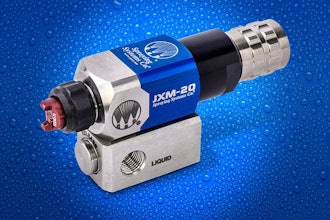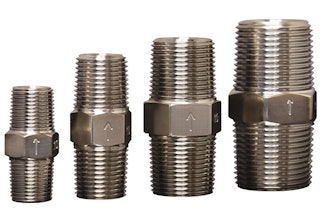Manufacturing companies have always been concerned that traditional enterprise software is slow and complex to install, often disrupting critical and time-sensitive operations during roll-out. With the growing need to integrate new digital technologies into the enterprise to transform business processes, this concern has become even more pressing.
A 2016 Panorama Consulting Solutions study revealed that enterprise resource planning (ERP) projects took an average of 21 months to install, with 57 percent of these projects experiencing timeline overruns. A span of almost two years can be a long time when disruptive change comes in weeks or months rather than years. Any manufacturing executive that has been around enterprise software implementations knows not only that new systems can take a long time to implement, but can take almost as long to change or update with new technologies.
Drivers of Change
Digital transformation is a broad term, covering every aspect of changing technology in a business, but the businesses that succeed are those that can keep up with accelerating change of processes enabled by new technologies.
Key enterprise software, such as ERP, enterprise asset management (EAM) and asset performance management (APM), must evolve to address the need for digital transformation. The traditional monolithic enterprise solutions may have suited past manufacturing business models, but are now often unable to implement new technologies quickly or support companies as they branch out into new geographies with different regulations to consider.
To help address this need, enterprise solutions a decade ago started to move to a more flexible service-oriented architecture (SOA) that can be developed and deployed in a modular fashion. One of the main strengths of a layered architecture is the ability to separate each function. For example, the presentation tier doesn’t need to pull information from, or store it in, the database or execute on the business logic, it just supports the various user interfaces accessed by end users. This makes it easier to develop, test and maintain the application as changes made in one layer do not directly affect any others.
Enter Layered Application Architecture
The next step after a move to service oriented architecture (SOA) is layered application architecture. This further increases enterprise agility and reduces the amount of time and resources enterprise software consumes - time and resources that can be better invested elsewhere.
With SOA, components within the structure are organized into layers, with each one performing a specific function — the presentation tier to present data to the end user, the business logic tier to process information, and the data storage tier to hold the information. But modern layered architecture takes this one step further by creating separate layers that can contain modifications to the code or customizations that users can make to how their application performs. This approach now makes the adoption of new business processes and technologies a lot easier.
With layered application architecture, companies can use powerful personalization and configuration features to tailor the enterprise solution to fit their specific work processes and routines as needed. For example, businesses can create user-defined fields and custom events to notify specific employees via pop up message on tablets or smartphones that a customer order just placed is below an approved margin. This can even be extended by providing a warning or even stopping a customer order, which previously would have to have been done via modifications.
Modifications are different from configurations in that modifications are new executables that run in place of existing software functionality. These require coding and testing, and must be rewritten or uplifted to accommodate each new version of the underlying software. Configurations meanwhile are extensions to the underlying functionality that can be executed easily by the customer, even with more complex changes such as when an existing database field needs to be changed. Unlike modifications, which must be supported by the software vendor and therefore increase ongoing maintenance cost, configurations carry no added support cost.
Still Need to Modify Source Code?
Retiring modifications is where layered application architecture comes into its own. But in situations where there is no way around modifying the source code, layered architecture segregates these modifications into their own layers, meaning they no longer need to be rewritten or uplifted. All that is required is simple testing, which takes a fraction of the previous time required.
Layered architecture also handles country- or region-specific localizations, meaning manufacturing organizations can rapidly expand into new regions while region-specific functionality is implemented in each geographic area. By getting rid of the need for modifications, layered application architecture can help lower total cost of ownership (TCO) as remaining modifications can be easily moved over to new versions without being rewritten.
Layered Architecture in Use – CDF Corporation
Headquartered in Plymouth, Mass., CDF Corporation is a global leader in semi-rigid and flexible liquid packaging for the chemical, petrochemical, cosmetic, food and beverage and industrial markets. CDF is also part of Cheer Pack North America, a strategic partnership established in 2008 between Hosokawa Yoko (Japan), Gualapack (Italy) and CDF, with a customer base that stretches across six continents.
Despite this diverse business model and resulting complexity, Alex Ivkovic, Director of IT at CDF, says his company has typically stayed on the current version of its enterprise system because it features layered application architecture.
“We make heavy use of the configuration layer,” Ivkovic said. “We have no modifications, and I believe this is the way to go. But other customers I interact with have told me they have been able to significantly reduce their use of modifications by using the configuration layer.”
For manufacturing companies that still have source code modifications, the progression towards more granular layers in its architecture carries measurable benefits — allowing companies to reduce modifications by 75 percent or more with configuration, according to Ivkovic.
“A company may have had 10 to 15 modifications and have two left because the IT department cannot convince a division head to give them up,” Ivkovic said. “Modifications that remain are less disruptive to the business because the layered application architecture means time spent testing the modifications on a new version of enterprise software may be a third or less of what they were before.”
Between more graceful handling of modifications and the availability of broad configuration/personalization, layered architecture can be an appealing choice for companies on older legacy systems.
Laying the Foundation for the Future
Layered application architecture isn’t just a business tool, it is a key ingredient for digital transformation. With this type of supporting software, waiting an age for the latest updates and functionalities that drive business change is a thing of the past. Only with agile enterprise software can businesses adjust without jeopardizing security and with minimal disruption. Companies can now take full advantage of smarter operations and better-informed decision making to keep up with whatever changes come their way in the future.
Amy Eager is Technical Solution Architect, North America at IFS.










